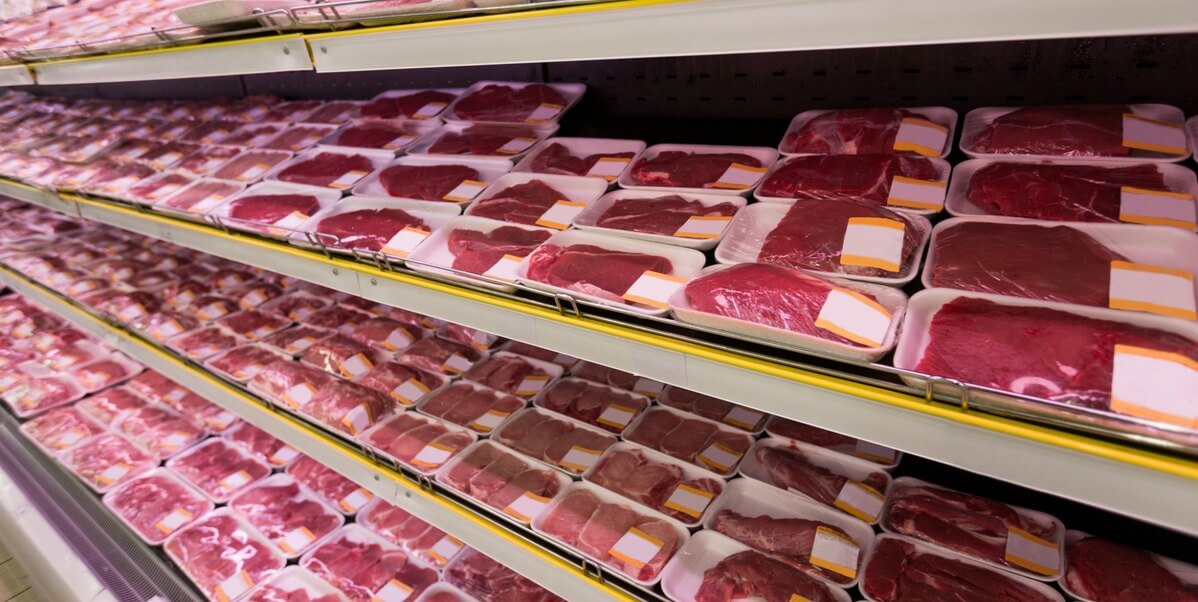
Save Money By Purchasing These Meats
Earlier this month, the USDA Economic Research Service (ERS) released its latest forecast for the coming year. According to their expert predictions, beef and pork prices will continue their downward trend in the new year. Conversely, they estimate that poultry prices will continue to rise.
Conditions that Lead to Price Drops
In the case of both beef and pork, conditions surrounding production have improved drastically over the past few years. Beef and veal prices, which the USDA ERS predicts will drop 1-2% next year, are trending downward thanks to an increased supply. Feed prices for cattle are down while improving drought conditions in Texas and Oklahoma have made it easier for ranchers to increase their herd size and production. In fact, according to USDA ERS economist Annemarie Kuhns, there is actually an oversupply of beef begin held in cold storage across the country.
Likewise, pork prices have continued to decrease over the past two years. They hit a high back in 2014 when porcine epidemic diarrhea virus (PEDv) decreased supply nationwide. That year, prices rose some 9.1% nationally. Next year, economists expect prices to drop around 1% from their current levels.
The Rising Cost of Poultry
While not drastic, the USDA ERS does expect the prices of poultry to continue to rise in 2017 by about 2-3%. This rate is consistent with the 20-year historical averages for chicken and poultry prices, which show an average rise of 2.6% YTY. According to economist Kuhns, chicken prices specifically actually dropped from 2015-2016. This was because of the effect of an avian influenza outbreak in the years before. Like the porcine industry, the past few years saw prices drop as more chicken flooded the market.
Meat Prices and Meal Planning in 2017
As anyone on a strict food budget knows, meal planning is one of the most efficient ways to save money. And while small price increases of 1-3% may not affect buying any one package of meat, it adds up significantly over time. In fact, the USDA predicts that overall food prices, not just meat, will experience a similar jump.
They stated in this last report that they expect a 1.5%-2.5% increase to food prices overall in 2017.
It is also important to note that a number of factors can change these predictions. First, the USDA assumes that regions that produce meat will experience normal weather conditions. Therefore a major national disaster can drive prices up substantially. In addition, disease outbreak is another major factor in supply and therefore price. The best way to track these changes is to look at the USDA monthly forecast for each industry instead. You can find that here.
